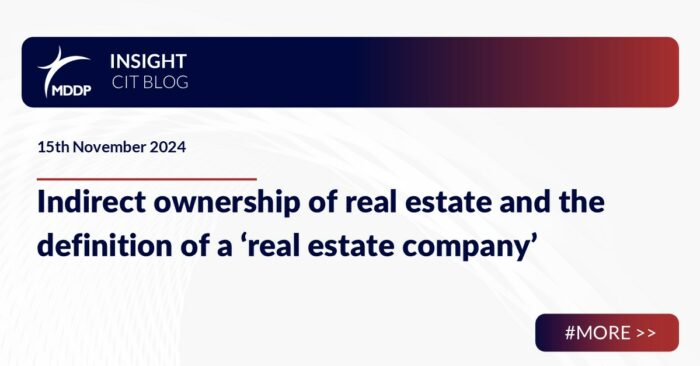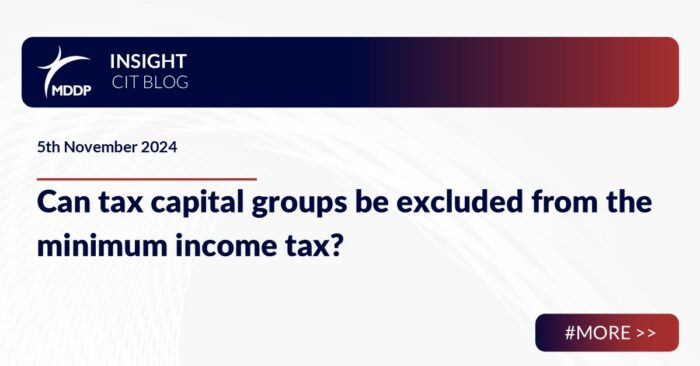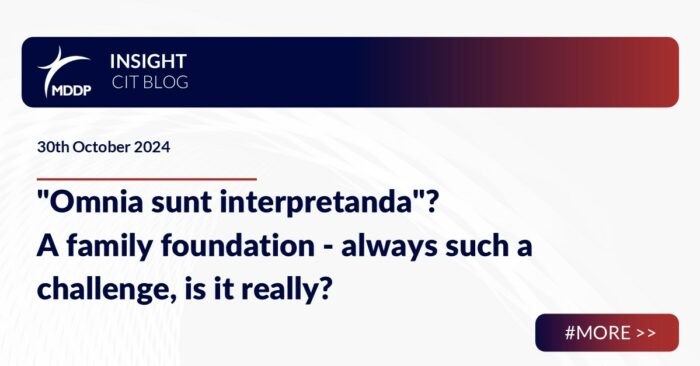How taxes support innovation and development in the IT industry?
Entrepreneurs operating in the IT industry can benefit from a wide range of tax reliefs and preferences aimed at supporting innovation and technological development. It is not surprising that so many solutions are dedicated to this fast-growing industry, given its key role in creating cutting-edge solutions for companies. Among the most popular tax instruments available…










